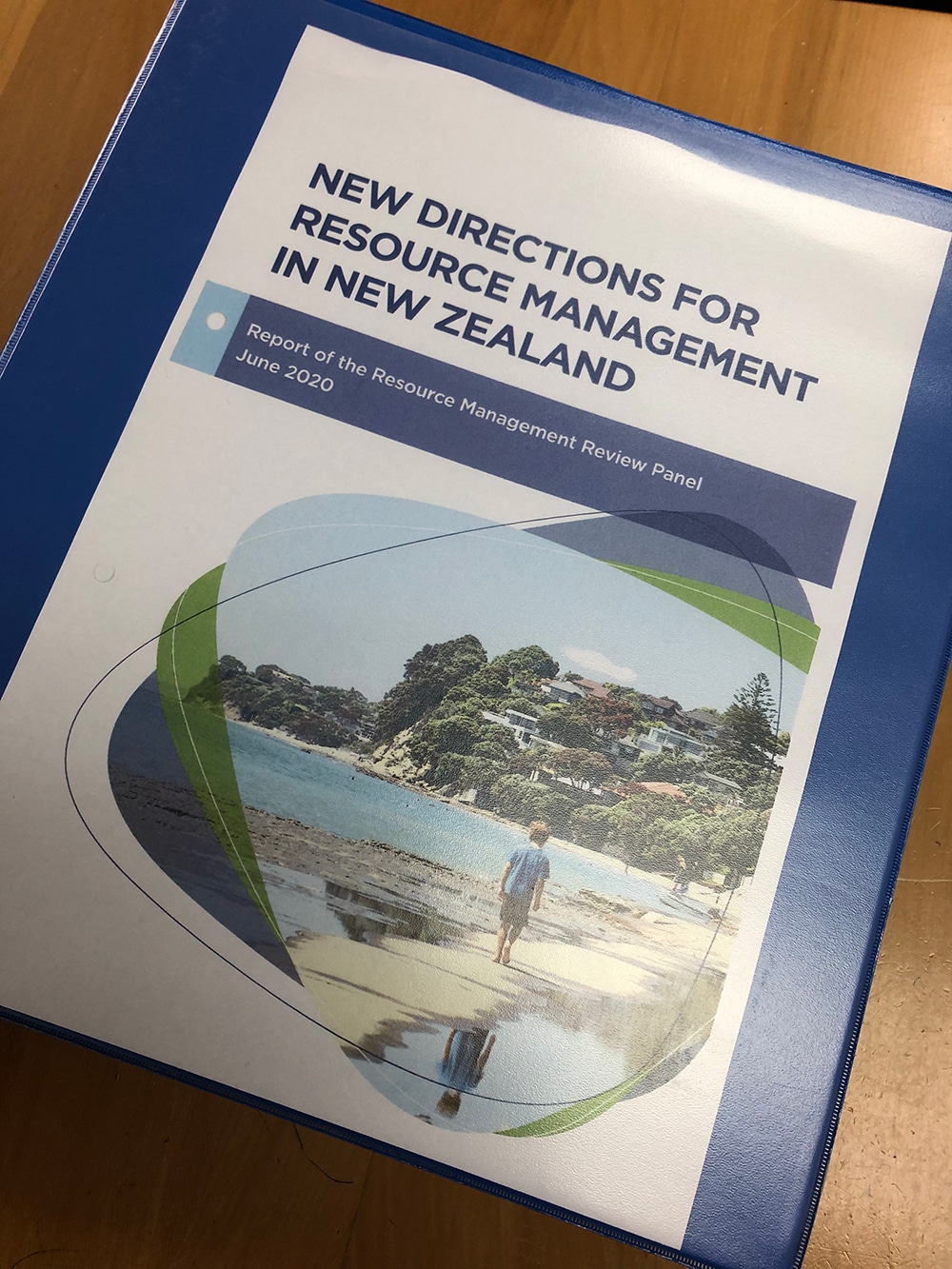
The Resource Management Review Panel’s report has been released and recommends sweeping changes to New Zealand’s resource management law. Given the cross-party support for reform it now seems very likely that the RMA will go. Cato Bolam Director of Planning, Peter Reaburn, shares his initial thoughts.
The report extends to over 500 pages and obviously has a lot of detail in it, but some important themes are clear. The proposed legislation will result in a greater emphasis on “planning”, with a shift from managing environmental effects to achieving positive outcomes. A new Strategic Planning Act, with a much wider planning scope than the current RMA, would require the development of regional spatial strategies, encompassing both land and the coastal marine area. A greater focus on providing for an integrated partnership between mana whenua and councils includes the recommendation to establish a National Māori Advisory Board to monitor the performance of central and local government in giving effect to Te Tiriti o Waitangi and provide support to local authorities to determine who represents mana whenua groups in their region.
The legal framework for regulatory plans is proposed to be encompassed in a new Natural and Built Environments Act. The Act will generally follow the structure of the current RMA, but with important changes. The Act would be aligned with the Strategic Planning Act, with the same direction in focussing on positive outcomes reflected in a revised purpose and principles. The Panel anticipates “plain English drafting …. will substantially reduce unnecessary costs of legal interpretation among system users”. The status of existing uses will be reduced where they are shown to be in conflict with plans for how an area should develop. A much greater level of national leadership, direction and monitoring is recommended, and regulatory plans will be regionally based, reducing the current 100 plans to just 14 “combined plans”.
The expectation is that greater national direction and fewer plans should result in less overlap, greater consistency, and fewer resource consent applications required. The big issues of slow and uncertain approval processes are expected to be addressed by the establishment of (more certain) environmental bottom lines and targets, the proposed removal of the requirement for resource consent in all cases other than those where “no more than minor effects” would occur, and clearer and more directive plans with greater use of permitted activity status and performance standards as well as prohibited activity status to reinforce environmental limits. National planning standards will play an important role in the reformed system by supporting consistent plan format and structure. An alternative dispute resolution pathway is also recommended for minor matters.
The Panel acknowledges that the reformed system will require resource management practitioners and decision-makers to become more outcome-focused and less rule-focused and to ensure decisions are based on evidence. Whether this is borne out in practice, only time will tell, but in the least there should be a clearer legislative framework in place to achieve that goal.
Given the significance of the above and many other changes proposed this won’t be a quick process. The Panel proposes that one region should be selected by the Minister for the Environment to develop the first regional spatial strategy, followed by development of the combined plan, to provide a model for other regions. On a national level, the whole process of legislative change and then working through to complete the new plans process is expected to take up to 10 years.

